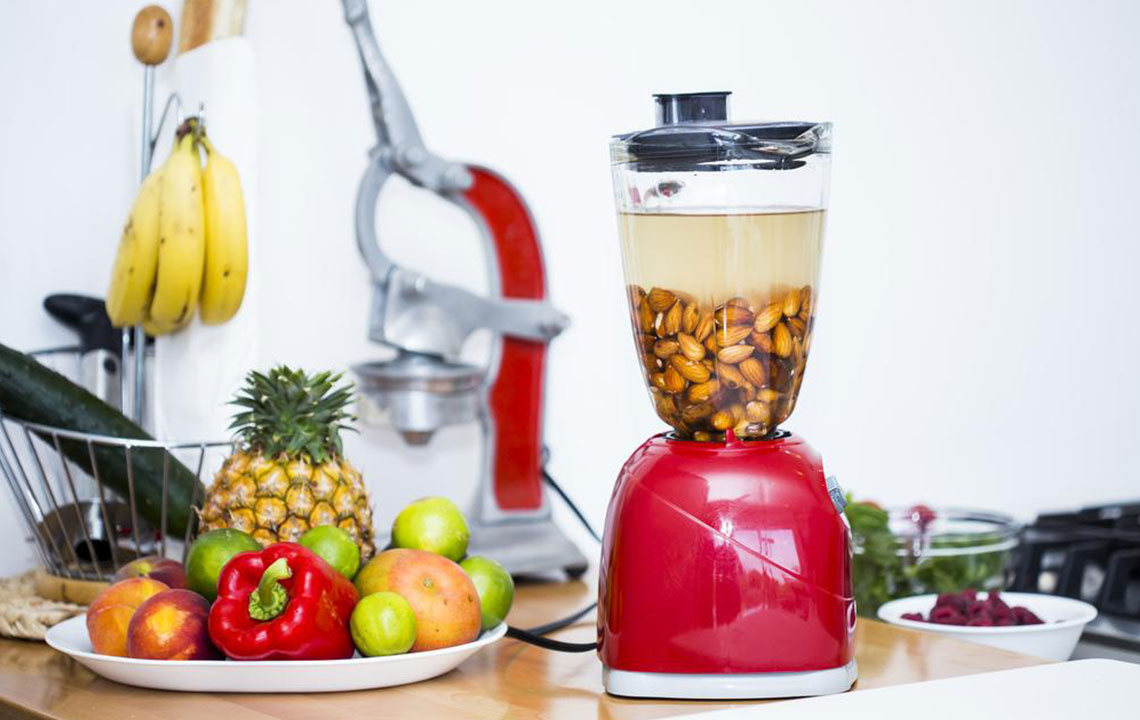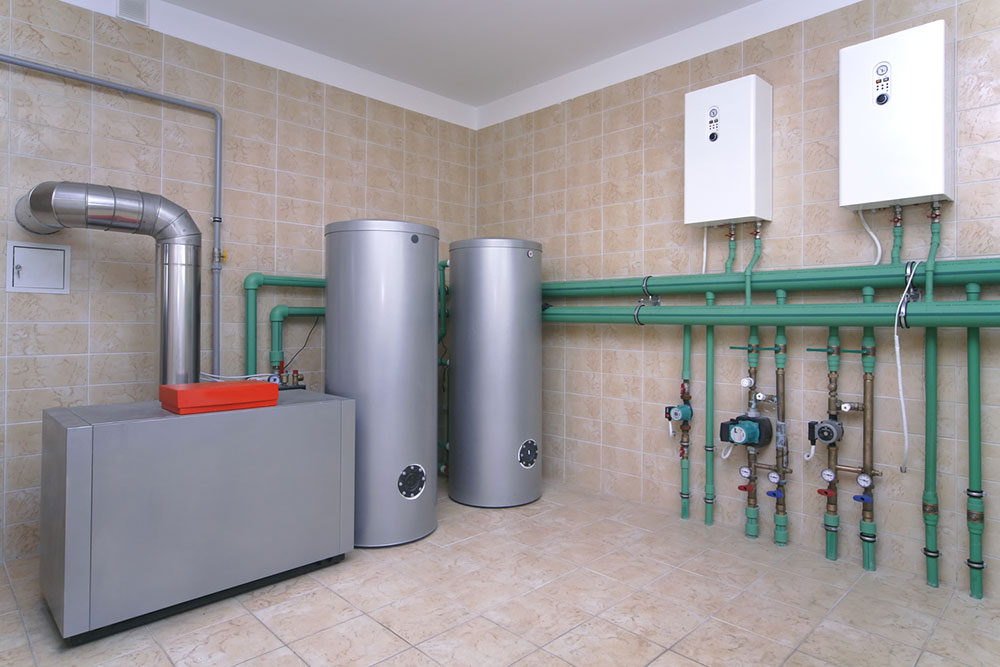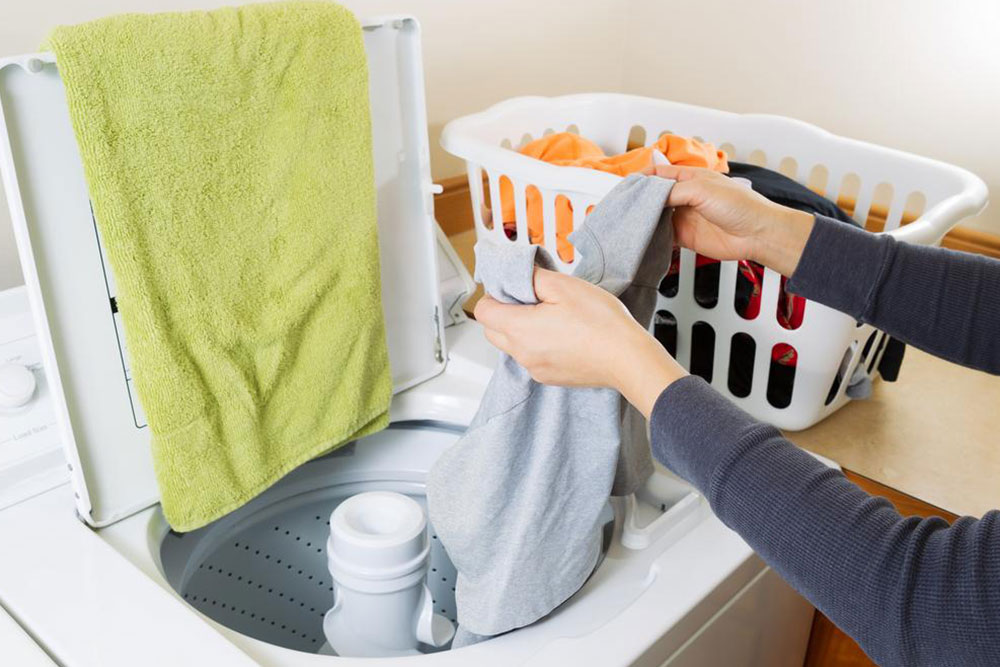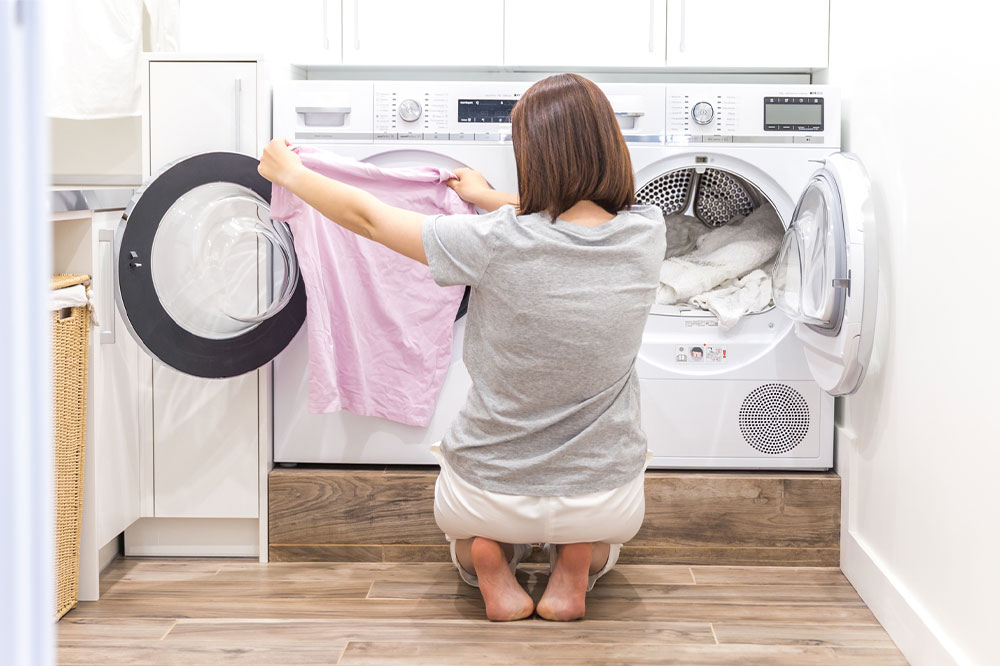Essential Tips for Selecting the Perfect Blender and Its Components
Discover essential tips for selecting the right blender and components. Learn about capacity, blades, features, base materials, and power to optimize your blending experience. Make informed decisions with our practical guide to choosing the best blender for your needs.

Essential Tips for Selecting the Perfect Blender and Its Components
Before purchasing a blender, it's important to understand its key parts. While factors like power consumption and capacity vary widely, other aspects are crucial in making the right choice. Consider the following parameters to pick the best blender suited to your needs.
Capacity
Blender capacities range from compact models to larger units capable of blending several liters in one go. The size of the blender and its parts correlates with its capacity, so choose based on your requirements.
Assess your needs before selecting a blender with an appropriate capacity.
Blades
The availability of durable blender blades is vital. Most blades are made from stainless steel, suited for blending various ingredients, including smoothies and ice crushing. Ensure they are sturdy and large enough to withstand the blending process’s pressure.
Additional Features
Look for extra functionalities such as variable speeds and blending patterns. These controls are typically located at the base. Premium blenders may include attachments for grinding, chopping, or mixing for enhanced versatility.
The blender's base is another critical component. It can be constructed from plastic or metal, with modern models featuring LED displays and intuitive controls to adjust speed and settings.
Power is also an essential factor. Blenders typically range from 350 Watts to 600 Watts. A 500-Watt blender is generally suitable for most blending tasks. Selecting the right power ensures efficient performance across different uses.
Use these guidelines to choose the ideal blender and components tailored to your needs.










